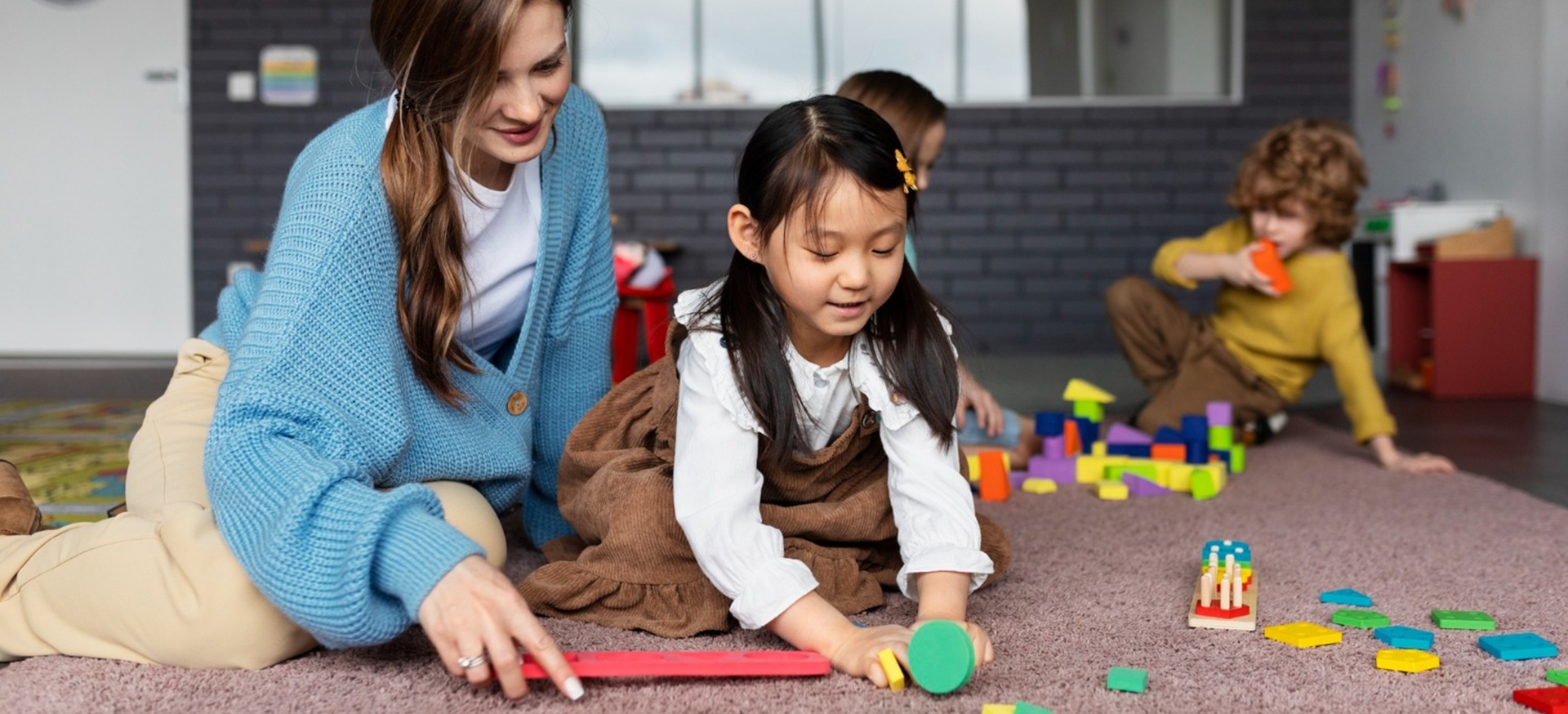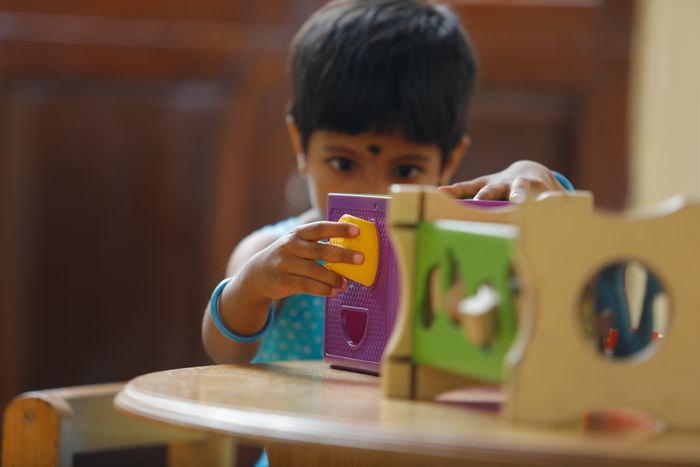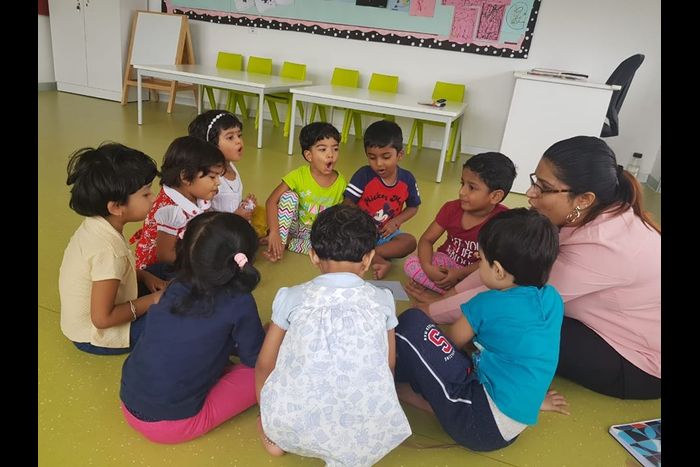


Building Emotional Vocabulary: Helping Children Name and Navigate Their Feelings

Emotions form a major part of a child’s early learning journey. While academic growth is often prioritised, emotional understanding is equally essential. Helping children recognise, name, and manage their emotions not only strengthens their communication skills but also supports social development and mental well-being. Building an emotional vocabulary gives them the words to express what they feel — reducing frustration, improving relationships, and nurturing empathy.
Why Emotional Vocabulary Matters
A child who can name their feelings is more likely to handle them calmly. For instance, when a toddler can say “I’m angry” instead of throwing a toy, they begin to take control of their emotions rather than being controlled by them. Emotional vocabulary bridges the gap between experience and expression. It also helps parents and teachers understand what the child needs at a given moment.
Research shows that children who can identify and talk about their emotions develop better emotional regulation, problem-solving abilities, and resilience. These skills form the base for healthy social relationships and classroom readiness.
Emotional Understanding at Different Ages
Children develop emotional awareness gradually, and their understanding deepens with age. Between one and two years, children begin recognising basic emotions like happiness, sadness, and anger. By three to four years, they start to link feelings with causes, using words such as “scared” or “excited.” Around five to six years, they can express mixed emotions and show empathy with words like “proud” or “disappointed.” As they grow older, their emotional vocabulary becomes richer, including terms like “frustrated,” “embarrassed,” or “grateful.”
As their vocabulary grows, children learn to express feelings more accurately, which helps adults respond in more supportive and understanding ways.
How to Help Children Build Emotional Vocabulary
Children learn best through observation and experience. The way adults label and discuss emotions greatly shapes how children understand them.
Label Feelings in Everyday Moments
Instead of correcting behaviour immediately, start by identifying the emotion behind it. For example, saying “You seem upset because your toy broke” helps a child connect the feeling with the situation. Over time, they will start using similar language on their own.
Use Books and Stories as Emotional Mirrors
Stories give children a safe space to explore emotions. When reading together, pause and ask how a character might feel or what they could do next. This practice develops both empathy and vocabulary. Books with expressive illustrations make this even more effective for preschoolers.
Model Emotional Expression Yourself
Children learn from what they see. When adults talk about their emotions in calm and constructive ways, children pick up that language naturally. For instance, saying “I’m feeling tired right now, so I need a short break” teaches them that it’s okay to acknowledge and manage emotions.
Encourage Expression Through Play and Art
Play is a child’s first language. Drawing faces, acting out feelings with puppets, or using emotion cards allows children to express what they might not yet be able to say in words. These activities are particularly useful for children who are shy or struggle with verbal communication.
Linking Emotional Vocabulary with Behaviour
Children who can identify emotions are better able to manage behaviour. Emotional literacy reduces meltdowns and helps in conflict resolution. For example, a preschooler who says “I’m angry because I lost” is already halfway to calming down — naming the feeling acknowledges it and allows problem-solving to follow.
Teachers and parents can also use emotional language to guide behaviour positively. Instead of saying “Don’t be naughty,” phrases like “It looks like you’re upset; let’s take a deep breath together” encourage self-awareness and cooperation.
The Role of Consistency and Patience
Building emotional vocabulary is a gradual process. Consistency between home and school environments helps children internalise the language of emotions. Every child develops at their own pace — some may need more modelling, others may surprise you with emotional insights early on.
A supportive, non-judgmental approach ensures that children feel safe expressing even difficult emotions. Over time, this emotional fluency becomes a foundation for strong interpersonal skills and emotional intelligence throughout life.





